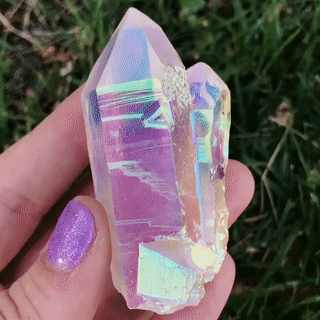#Iridescence
Text

Close up photo of a mosquito's wing from Journal of the Entomological Society of British Columbia v.114 (2017).
Full text here.
123 notes
·
View notes
Photo
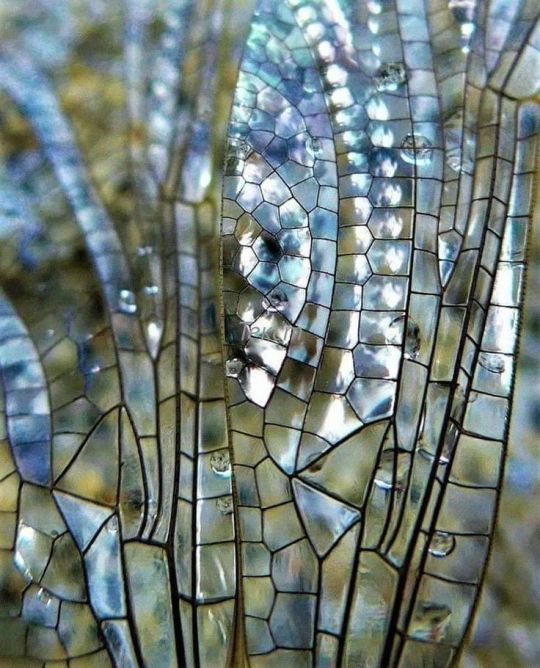
Close-up of a dragonfly wing, not stained glass.
5K notes
·
View notes
Text
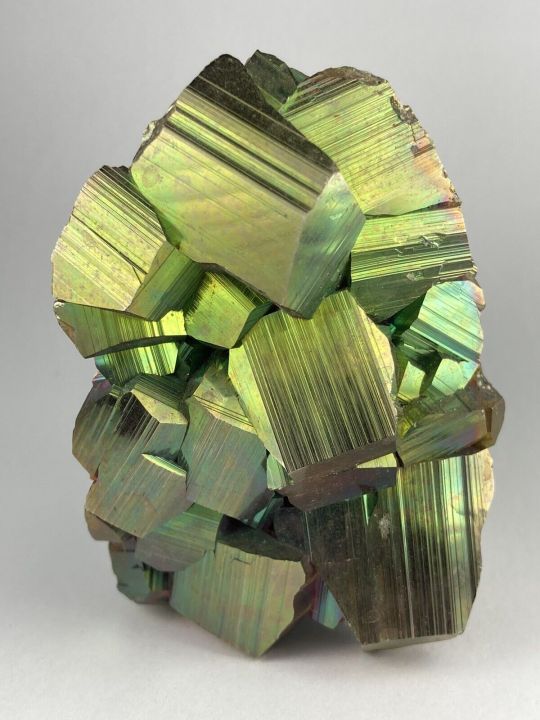

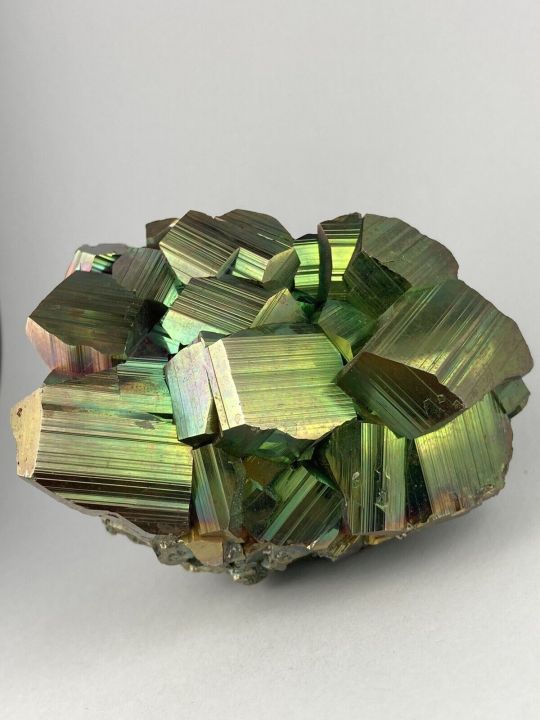

Green Rainbow Natural Iridescent Pyrite From Peru
4K notes
·
View notes
Text
'I can't believe i missed the northern lights, once in a life time experience FOMO" could NOT be me. I see the northern lights every day in my chickens' beautiful feathers







#they are the northern lights to ME#gaze upon their beauty and be captivated as if by the heavens#my feather babies#chickens#tiny fluffy dinosaurs#the BEST animals#chickenblr#birdblr#northern lights#feathers#iridescence#the beauty of birds#no we're not stopping for aurora borealis we have northern lights at home
795 notes
·
View notes
Text

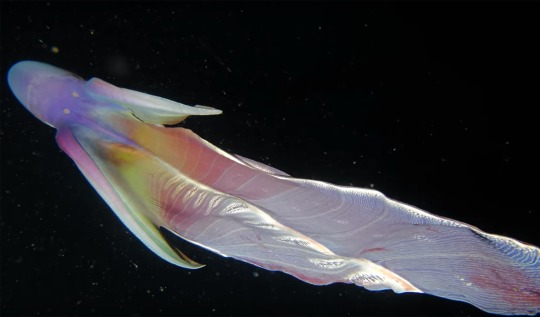
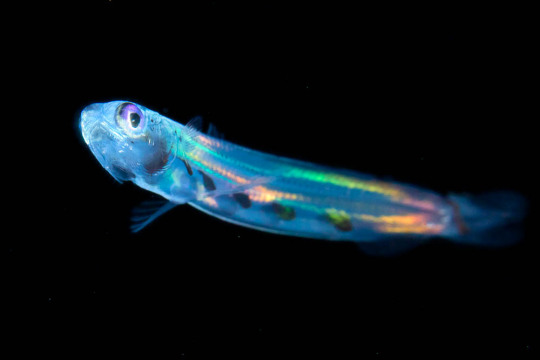
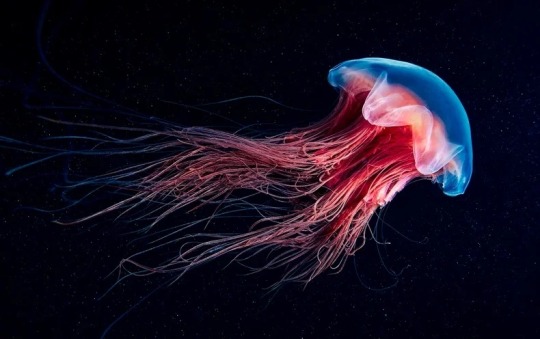
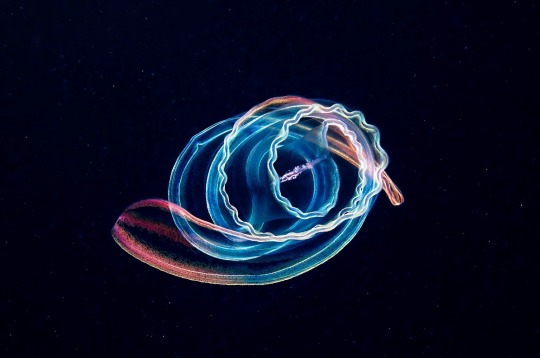

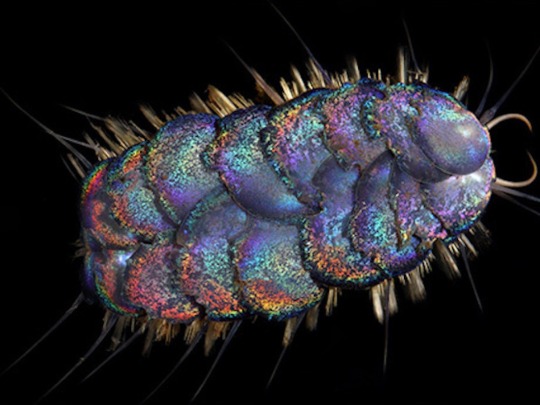
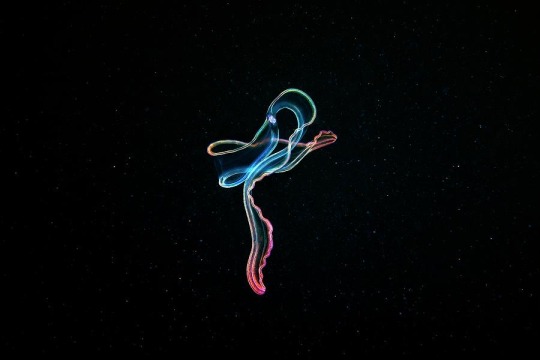




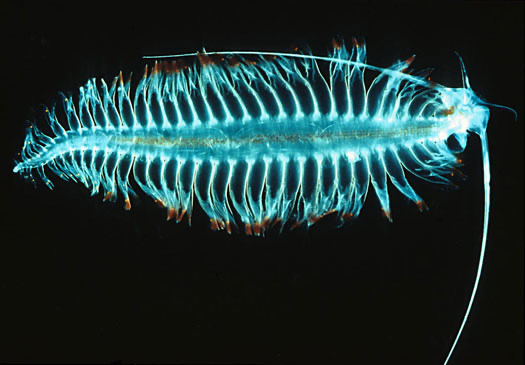
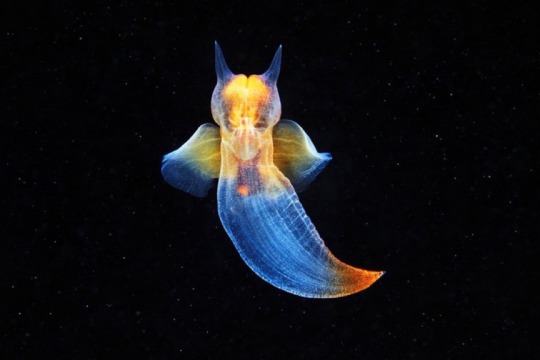

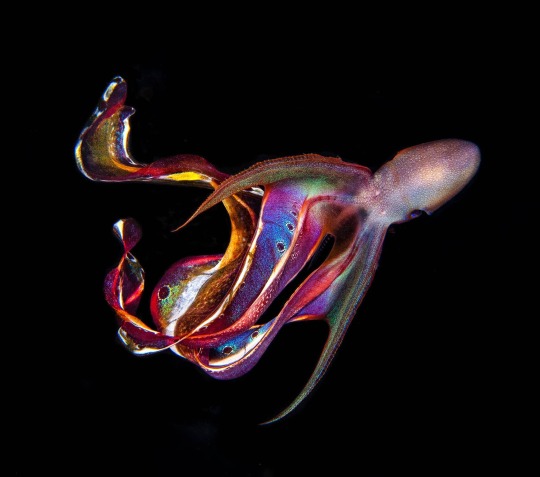
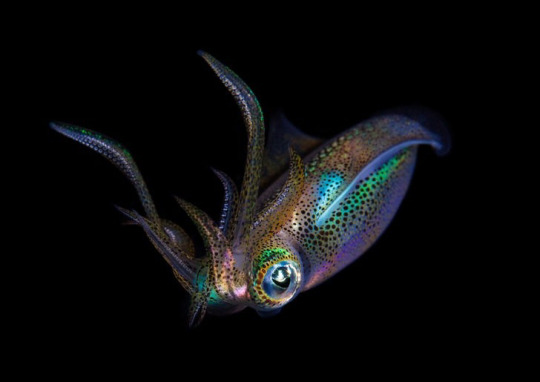



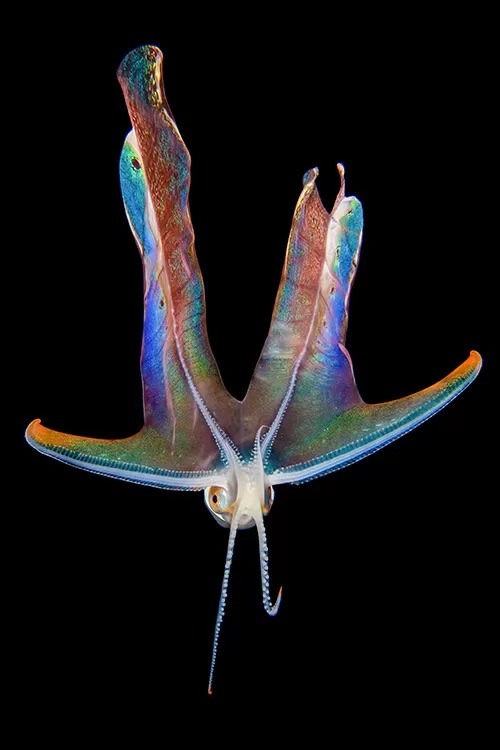
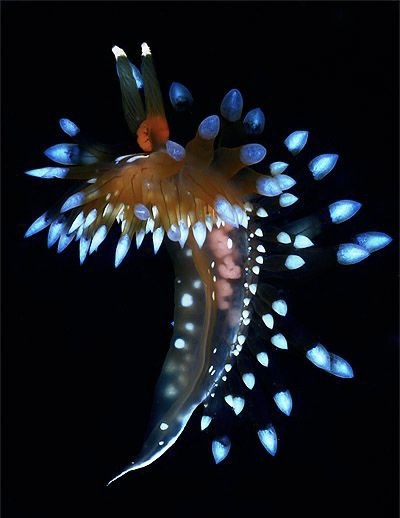

Oh to be an iridescent sea creature 💚 💙 💜
#marine biology#marine science#there are many benefits to being a marine biologist#sea creatures#deep sea#iridescence#marine life#fish#underwater#oceanposting#fishposting#sea animals#marine animals#ocean life#ocean creatures#sea critters#sea life#art#ocean#love to sea it#cnidarians#deep sea creatures#cephalopod#marine creatures#aquatic life#i want to go there#aquatic#oceanography#moodboard#stim blog
6K notes
·
View notes
Text


#upl#silver#silvercore#silver aesthetic#silver gif#silver stim#cosmetics#makeup#nail polish#glitter#holo#holographic#iridescent#iridescence#rainbow#luxury
349 notes
·
View notes
Text

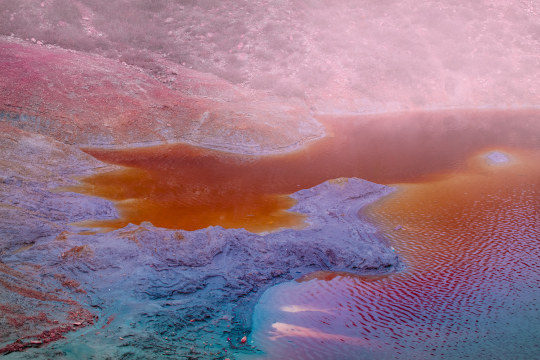
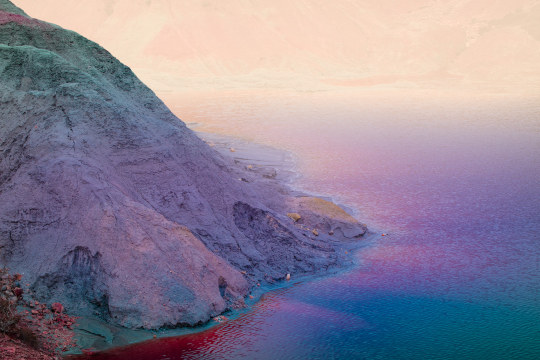
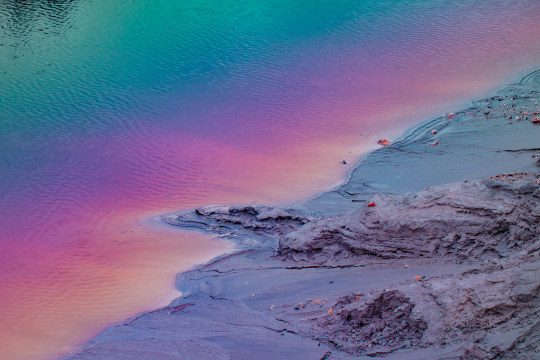
Hinterland by Tom Leighton
#nature#landscape#aesthetic#mountains#outdoors#geology#seascape#photography#scenery#dreamcore#iridescence
802 notes
·
View notes
Text

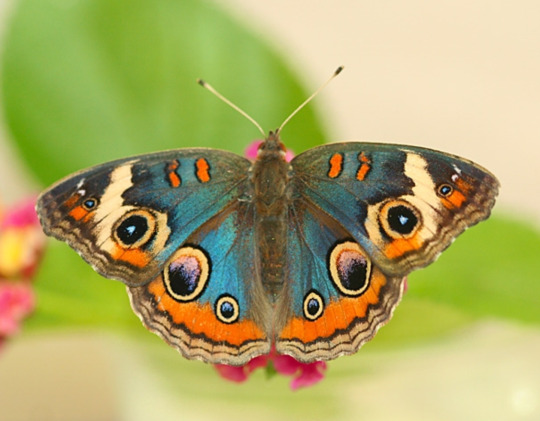
Fun fact: common buckeye butterflies (Junonia coenia) can be selectively bred to be blue fairly easily!
It turns out the only thing needed to go from brown to blue is a slightly thicker lamina, which is a flat layer at the bottom of the wing scale:
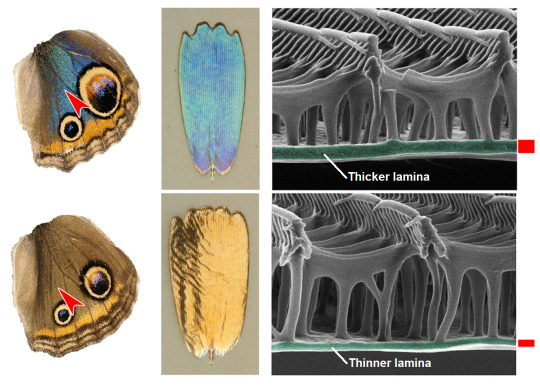
The lamina's iridescence is caused by the same phenomena as soap bubbles: thin-film interference. When light hits the transparent film of the lamina, it reflects off both the top and bottom of the layer.
Depending on the thickness and refractive properties of the material, the two reflected light waves can be in sync (image below) or cancel each other out. At the perfect thickness, the blue waves of light are enhanced and the butterfly becomes iridescent!
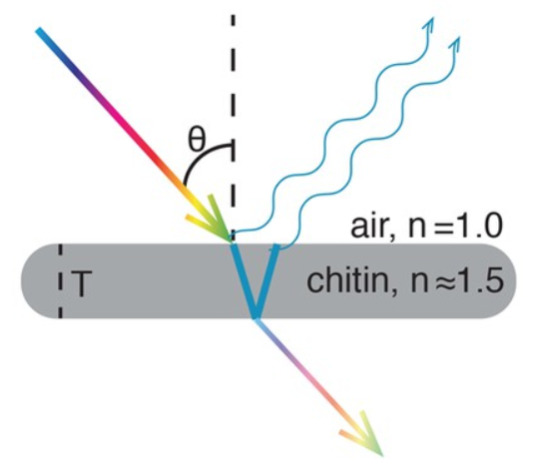
Because the difference in thickness needed to cause iridescence is so slight, it took less than a year to shift a population from just a few blue scales to full-on fabulous blue.
Photos & figures by Rachel Thayer, Nipam Patel, and Edith Smith.
#fun facts#structural color#iridescence#butterflies#buckeye butterfly#insects#bugblr#I just love shiny bugs
3K notes
·
View notes
Text
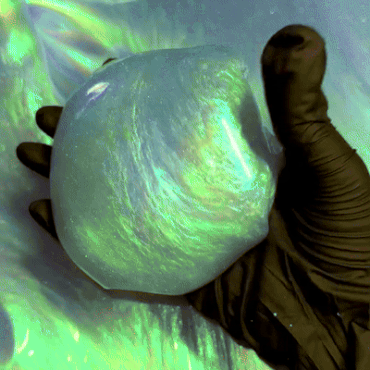


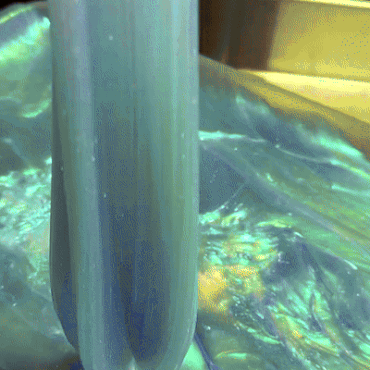
💚 ~ Aurora Borealis ~ 💚 (pilotslime)
(Credit if you use) (ko-fi)
#northern lights#aurora borealis#stim#slime#slimecore#slime stim#slime gifs#green stim#hands#gloved hands#irl hands#holo#holographic#iridescent#holo aesthetic#iridescence#holo stim#holographic stim#iridescent stim#iridescent slime#iridescences#green slime#tw hands#chrome slime#chrome#chrome colors
624 notes
·
View notes
Text













frida.yolotzin on ig
#stim#stimboard#sea creatures#bioluminescence#sfw#black#blue#rainbow#white#yellow#green#red#clear#animals#deep sea creatures#fish#flashing#flashing gif#iridescent#iridescence#water#underwater#hands free#ishy gifs#postish
350 notes
·
View notes
Text

by femalepentimento
#nature#photography#art#clouds#sky#skies#iridescence#cloud iridescence#rainbow#light#ethereal#surreal#dreamcore#1k
3K notes
·
View notes
Text

Why are these clouds multi-coloured? A relatively rare phenomenon in clouds known as iridescence can bring up unusual colours, or even a whole spectrum of colours simultaneously. These polar stratospheric clouds also, known as mother-of-pearl clouds, are formed of small water droplets of nearly uniform size. When the Sun is in the right position and, typically, hidden from direct view, these thin clouds can be seen significantly diffracting sunlight in a nearly coherent manner, with different colours being deflected by different amounts. Therefore, different colours will come to the observer from slightly different directions. Many clouds start with uniform regions that could show iridescence but quickly become too thick, too mixed, or too far from the Sun to exhibit striking colours. The featured image and an accompanying video were taken late in 2019 over Ostersund, Sweden.
Image Copyright: Image Credit: Goran Strand
#astronomy#space#science#universe#clouds#Sweden#colours#color#iridescence#iridescent clouds#colourful#sunlight#refraction#follow#like#reblog#the first star#the first starr#thefirststar#thefirststarr#nasa#apod#tumblr#space blog#pretty#dashboard#space Tumblr#tumblr space#bold#colour
249 notes
·
View notes
Photo
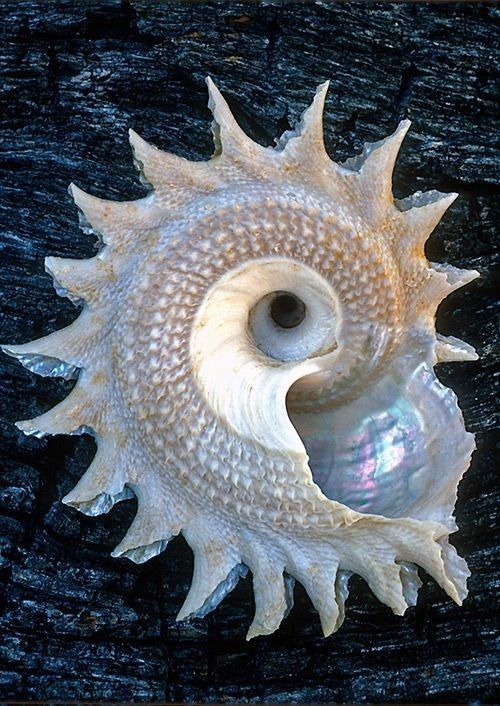
~ Texture | Pattern | Design ~
#shells#sea shells#sea shell photography#spirals#iridescence#navy blue#blue white#blue silver#patterns#designs#texture
623 notes
·
View notes
Text


#upl#space#spacecore#space aesthetic#space art#solar system#stim#sensory#calming#relaxing#oddly satisfying#soothing#rainbowcore#rainbow aesthetic#rainbow#holographic#holo#iridescence#iridescent
409 notes
·
View notes
Text


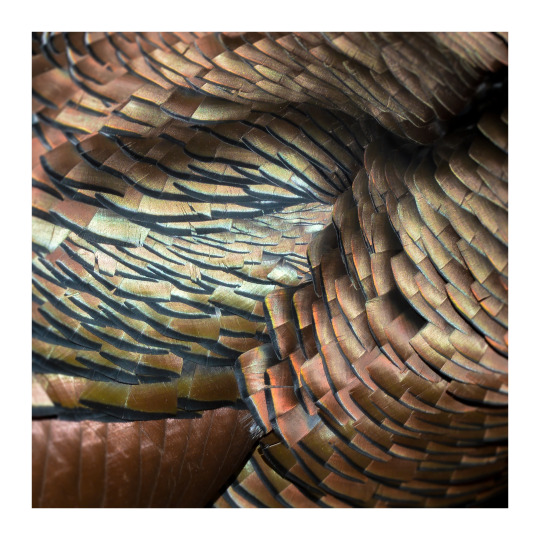

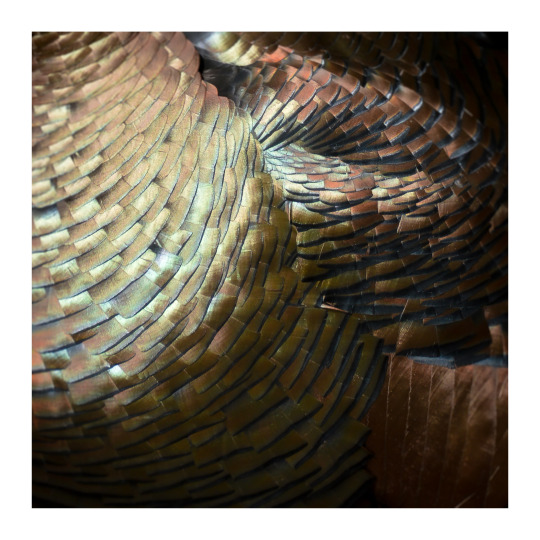

Plumas brillantes.
Iridescent plumage on Gould’s turkeys / guajolote norteño (Meleagris gallopavo mexicana) at Santa Rita Lodge. In Madera Canyon, Santa Cruz County, Arizona.
#photographers on tumblr#Gould's turkey#Meleagris gallopavo mexicana#abstraction in nature#turkey feathers#iridescence#Santa Rita Lodge#Madera Canyon#Santa Cruz County#Arizona
1K notes
·
View notes
